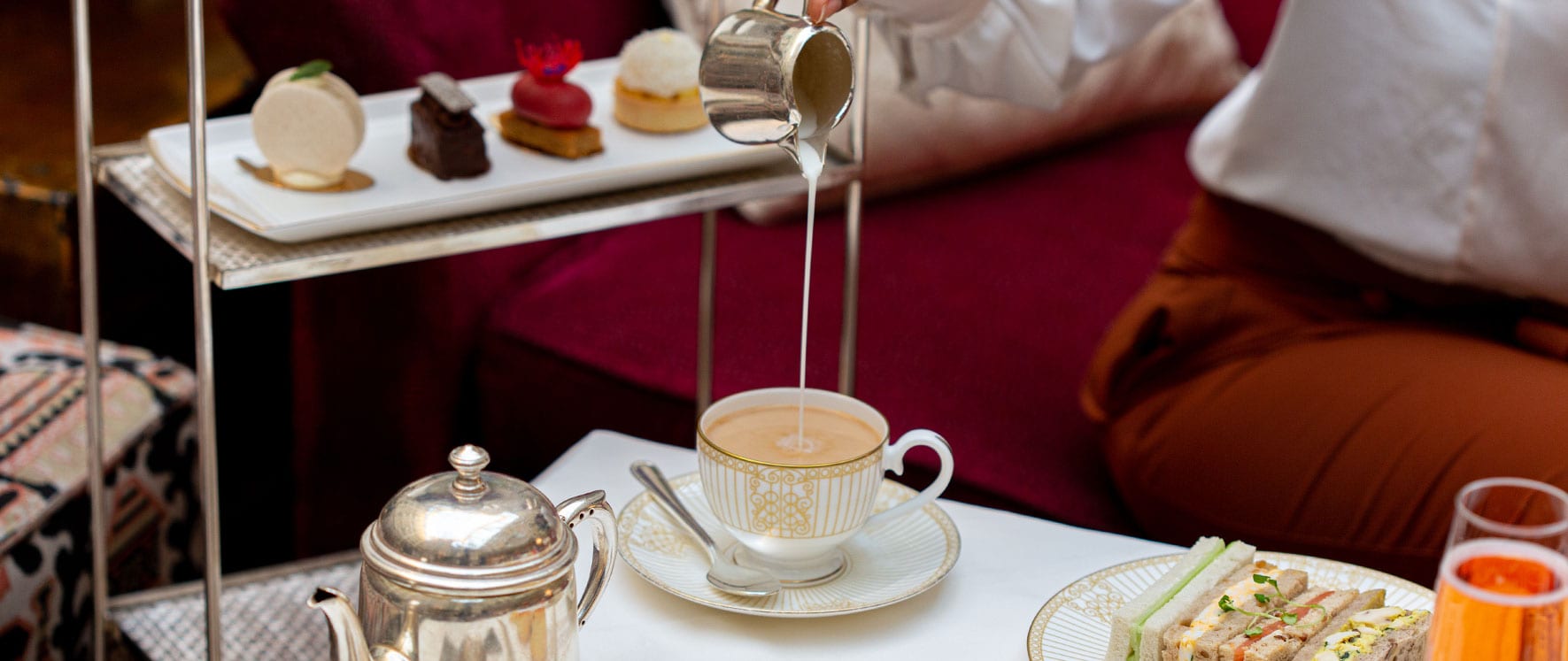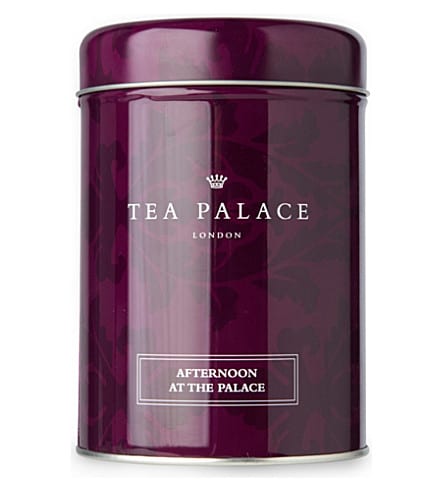A cup of tea solves everything.
Tuesday 02nd June 2020
Who is speaking?
Tea Palace is the official tea partner of The Landmark London. Tea Palace was founded in 2005 and continues to grow from strength to strength. Their goal is to pioneer the world of highest quality teas and infusions while helping our customers understand the origins, health benefits and flavours behind our finest selection of loose leaf teas.
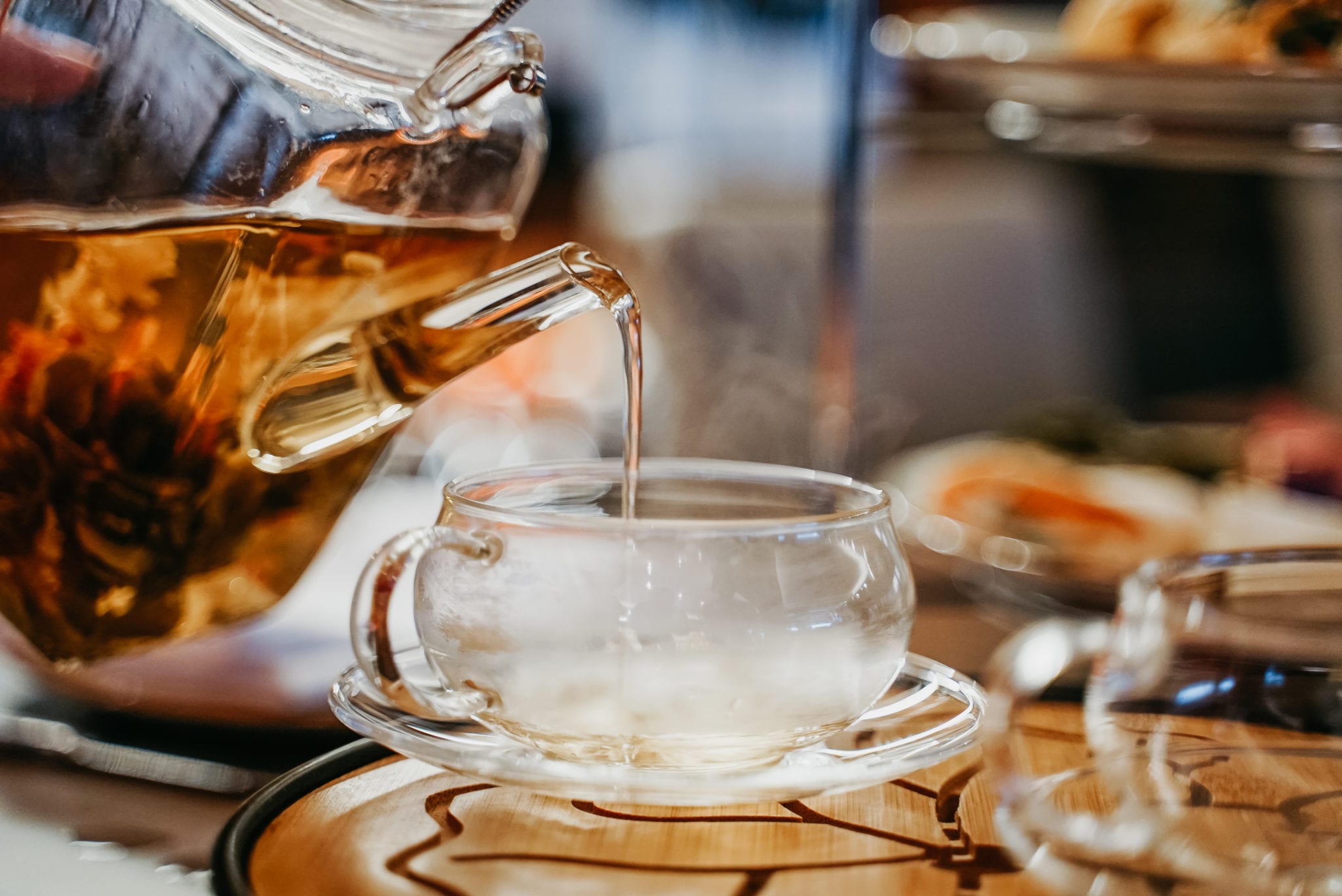
When did the first cuppa appeared in the UK?
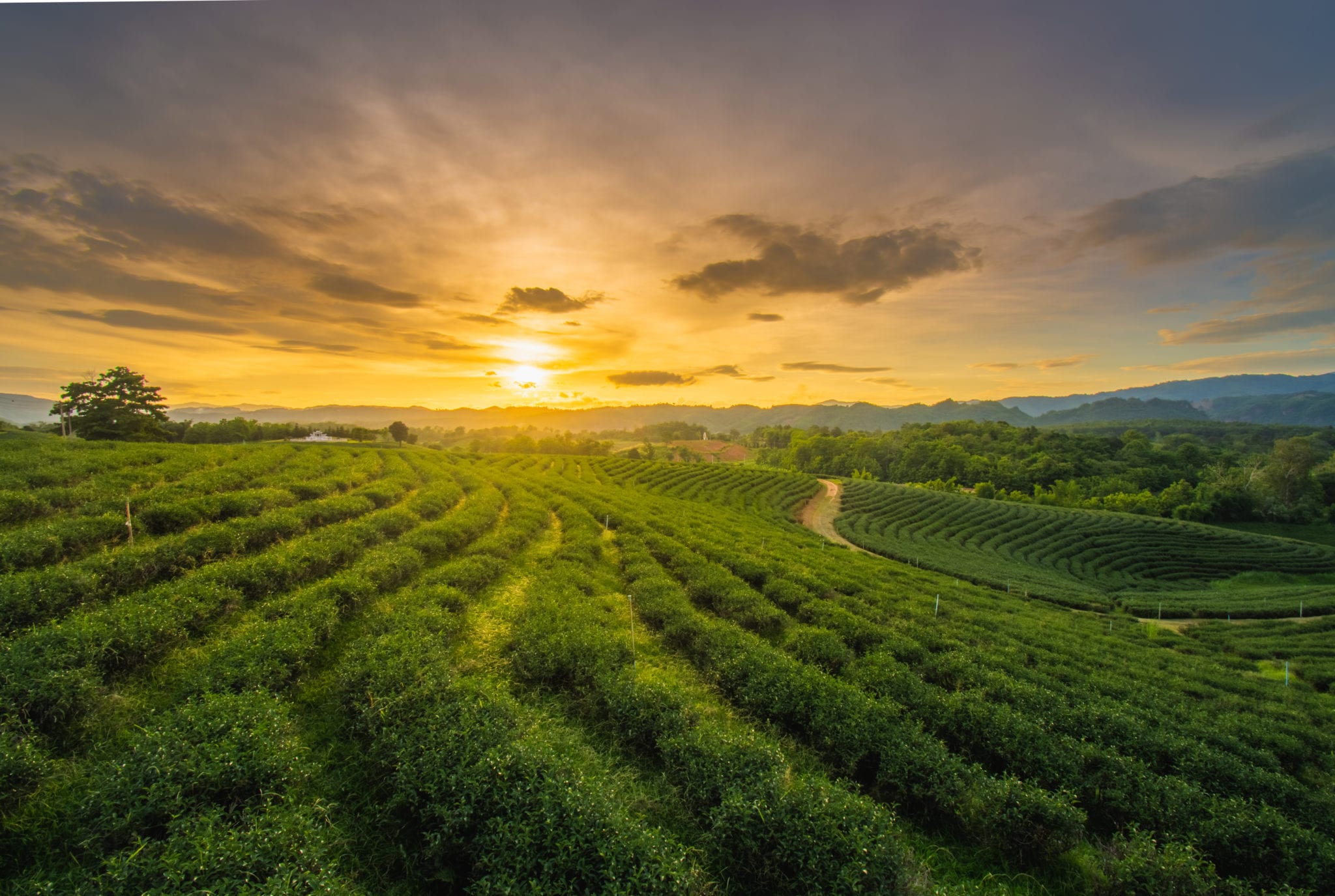
Richard Wickham, who was running the East India company office in Japan, would be the man behind the first history of a cup of tea in the United Kingdom. In 1615, he wrote a letter to a merchant in Macao requesting “the best sort of chaw”. Few years later, in 1637, Peter Mundy a traveller and merchant came across tea in Fujian he described it as “chaa, only water with a kind of herb boiled in it”. Tea was refereed to as a China drink due to its origins. Finally, the third man behind tea in Britain is Thomas Garway, a “tobacconist and coffee-man” who was the first to sell tea in London at his house in Exchange Alley charging between 16 and 50 shillings per pound.
How does one brew a perfect cup of tea?
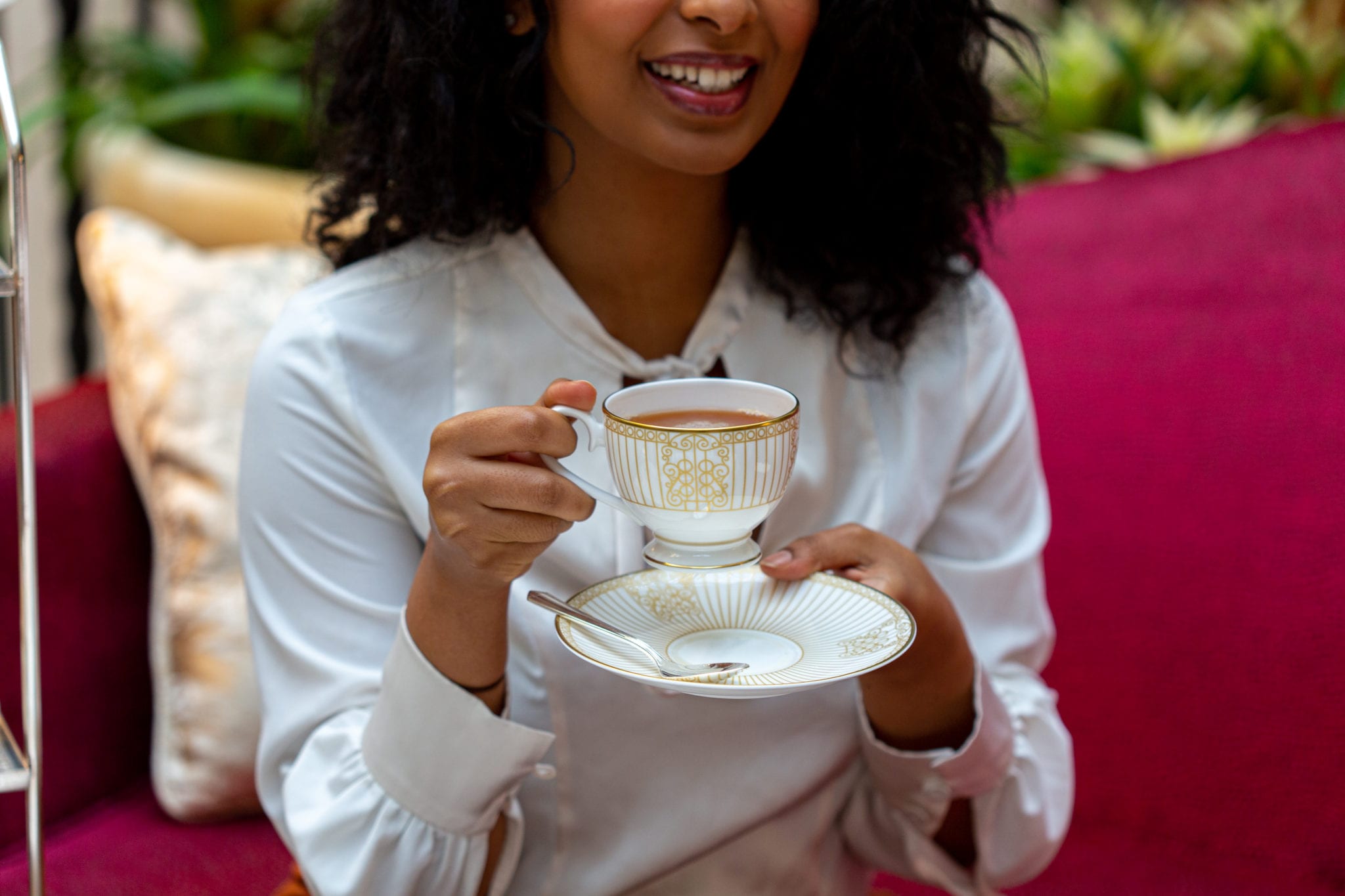
In fact, the answer to that question is not a tea at all, but herbal and fruit infusions!
Herbal infusions are stable to brew because they tend to be composed of natural botanicals which have already been dried, so the introduction to hot water is designed to re-enervate the flavours and aromas of the natural plant. As a rule, any natural plant, leaf or flower that is brewed in hot water will increase in intensity the longer that it is brewed, but this does not equal a bad cup! Some experimentation will be needed, but boiling water, 1-2 tsp of infusion and then between 4-6 minutes depending on desired strength will produce the perfect flavour for you.
And what about tea?
Very simply, black teas are the easiest to brew. The most well-known method of tea brewing is still the common tea bag, which tend to contain black, cut-leaf tea. This lends itself to a very strong, often bitter brew which is why so many people add milk!
The usual method of preparing tea bag tea (steep in boiling water, often for a very long time if a teapot is used) is considered imperfect. The same rules apply to cut leaf and loose leaf black tea:
- Heat water to just below boiling (i.e. turn off the kettle just when it begins to roll boil)
- Pour the water over tea bag or measured tea leaves
- Leave for no more than 4 minutes, it is likely significantly less is needed for popular tea bags as they will increase in strength and become bitter quickly.
- Completely remove infused leaves or tea bag, adjust to taste and serve
The Three Ts
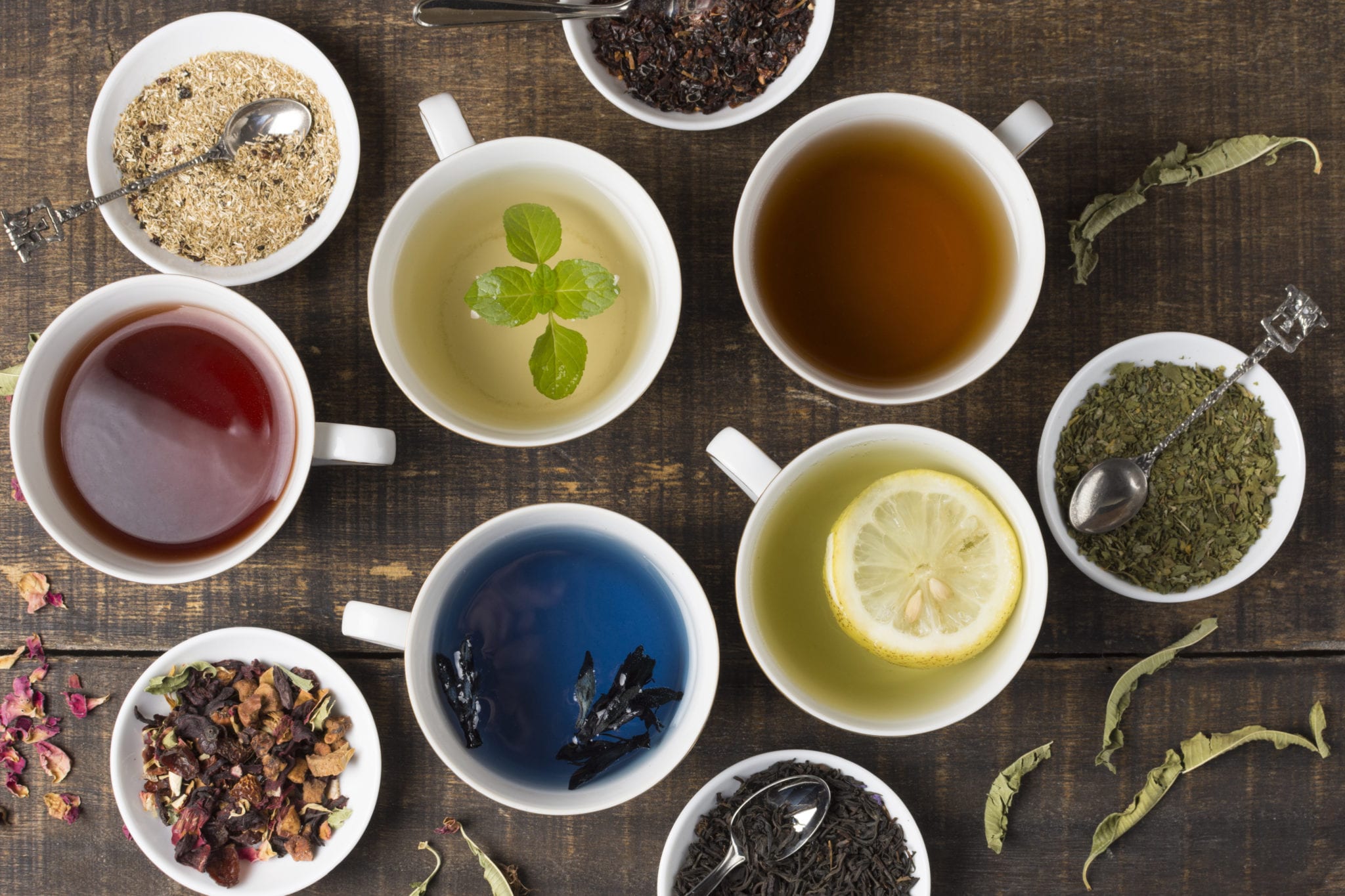
We recommend remembering the following three Ts when making the perfect cup:
Teaspoons – number of teaspoons/ quantity of tea per cup
Temperature – the water temperature needs to be appropriate to the tea
Time – the length of time the leaves are infused before they’re removed will also depend on the tea.
Why not boiling water?
Because tea leaves, even dried leaves, can burn! Black teas are least prone to burning as they have been heat-treated in processing, but they can still burn and produce a very bitter taste. We don’t often notice this in teas made from tea bags as most of us add milk which counteracts the bitterness, but in loose leaf infusions where the tea is usually consumed unadulterated, it can be quite noticeable and unpleasant.
Burned black tea doesn’t always happen, but we find it’s better to stay on the safe side and use water just below boiling than throw away our precious tea because it tastes awful!
Why we need to brew tea only for a certain time and why remove the leaves?
Heat is already applied to dried tea leaves in order to make them into black teas. The process is called oxidisation. The degree to which a particular tea type is oxidised is integral to its flavour and has often been developed over decades or even centuries to get exactly right for the desired flavour profile.
When steeping in hot water, the oxidisation process starts all over again. The goal of steeping tea is to reawaken the leaves up to the point of oxidisation and to release as much flavour as possible before oxidisation takes place and starts to change the flavour of the tea. This usually presents itself as a distinct and unpleasant bitterness.
As a disclaimer – some people do actually prefer bitter tea! Everyone here has at least one relative that can’t taste “tea” unless it is brewed for about 10 minutes.
As with everything, tea is a matter of taste; but a timed steeping is the industry standard way to brew tea to perfection.
What about tea measurements?
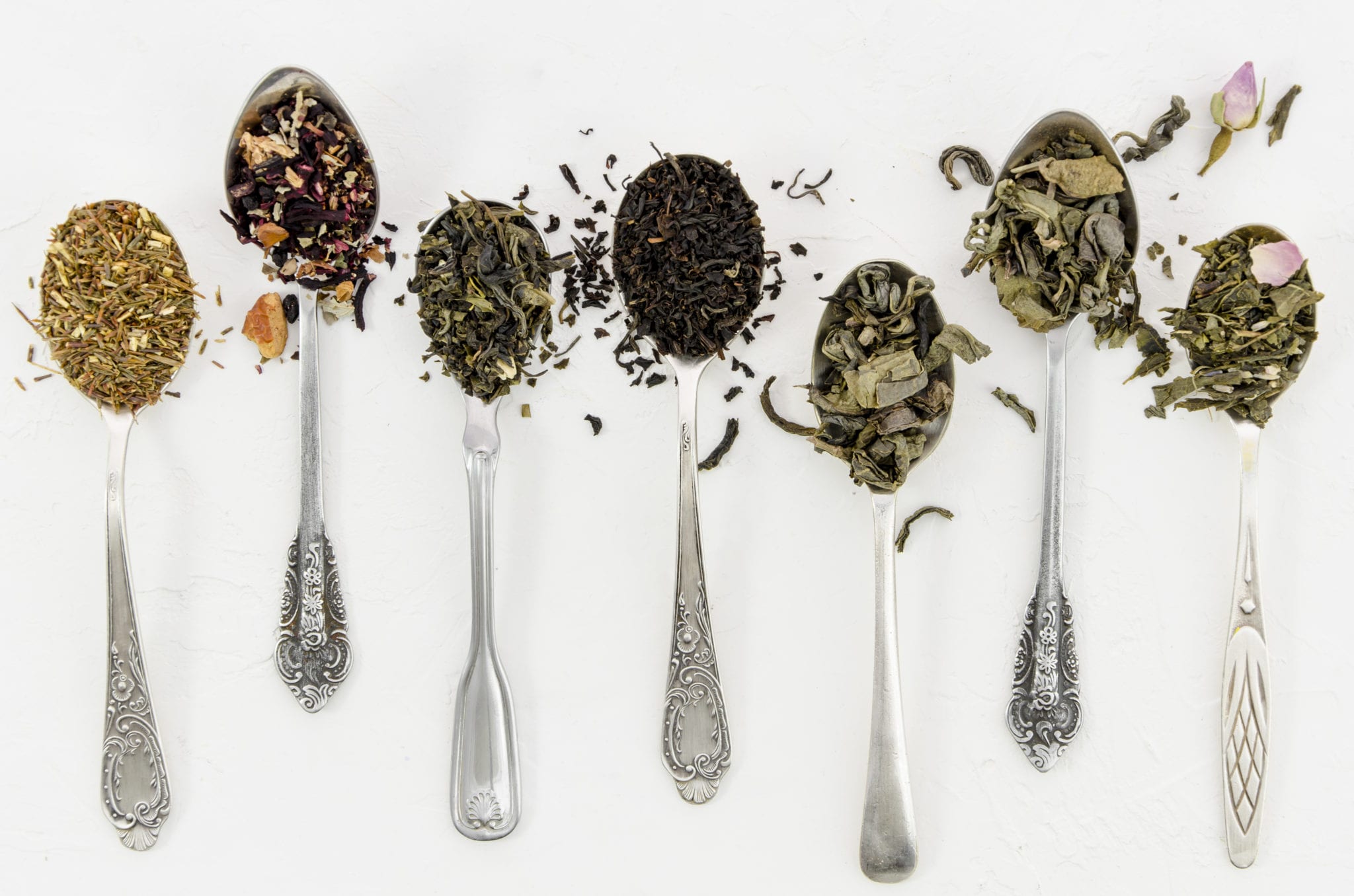
The amount of tea that you brew is just as important as the water temperature and steeping time. The more tea you put in the cup, the stronger tea you will brew.
If you like a really strong cup of tea, adding more tea to the water is the recommended way to increase strength (as opposed to hotter water or a longer brewing time). Similarly reducing the amount of tea in the cup will weaken the infusion.
Of course this is always a matter of taste. We think makes the perfect cup of tea and is well balanced; but if you are passionate for Assam and like it strong, double the measurement for a brew that will knock your socks off!
How to make the perfect Green Tea?
Green Tea is not oxidised as part of its processing and so oxidisation must be avoided at all costs during steeping in order to really taste those sweet, herbaceous green tea notes. This means that it requires a lower water temperature than black teas.
Also, the leaf sizes of some green teas mean that the measurements might be slightly larger. Whereas black teas tend to be quite compact, green teas are often large leafed and so there is as much air on each scoop as tea. Therefore, an extra measure is usually needed to achieve the same strength.
- Heat water to around 85 degrees (i.e. turn off the kettle just when it begins to roll boil and then leave for a few minutes before preparation)
- Pour the water over measured tea leaves
- Leave for around 3 minutes, and certainly no more than 4 minutes, once green tea begins to oxidise it becomes bitter and loses its balance so must be avoided!
- Completely remove infused leaves, adjust to taste and serve
How to make the ideal White Tea?
White Tea is also not oxidised as part of its processing, in fact the only heat applied is to dry the leaves. Because of this any oxidisation at all will destroy the flavours of these teas. White teas are known for their delicacy so the smallest taste of bitter will make an undrinkable cup. This means that it requires a lower water temperature than even green teas.
Also, the leaf sizes of most white teas mean that the measurements will be slightly larger. Therefore, an extra measure is usually needed to achieve the same strength.
- Heat water to around 80 degrees (i.e. turn off the kettle just when it begins to roll boil and then leave for a few minutes before preparation)
- Pour the water over measured tea leaves
- Leave for around 3 minutes, and certainly no more than 4 minutes, once white tea begins to oxidise it becomes bitter and destroys it so must be avoided!
- Completely remove infused leaves, adjust to taste and serve
The right steps for a delicious Oolong Tea
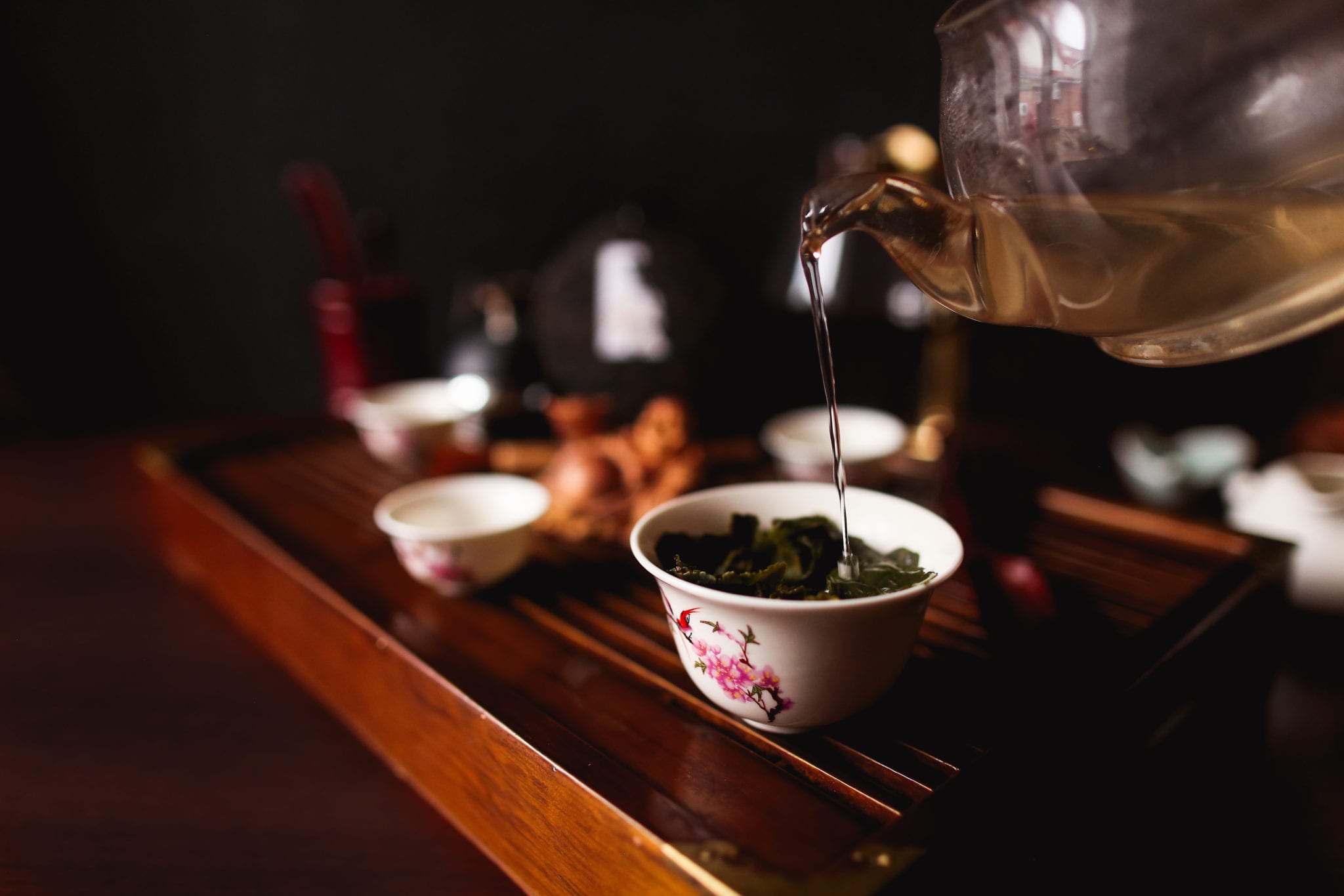
Oolong Tea is partially oxidised as part of its processing; therefore it is actually quite robust to brew. Whilst it requires a similar temperature to green teas for best practice, it can also be brewed with near boiling water for a slightly different flavour that some drinkers prefer. One of the most interesting things about oolong teas is that they are suitable for re-steeping. So, as long as you follow the guidelines for brewing closely and ensure to remove the leaves once finished, you can often steep oolongs 2 or 3 times.
Oolong leaf sizes vary so use your judgement – or the measure recommended on the packaging!
- Heat water to around 85 degrees (i.e. turn off the kettle just when it begins to roll boil and then leave for a few minutes before preparation)
- Pour the water over measured tea leaves
- Leave for around 4 minutes, once oolong tea begins to oxidise it becomes bitter and loses its balance so must be avoided!
- Completely remove infused leaves, adjust to taste and serve
- If desired, add the wet leaves back to the cup and follow these steps again for the 2nd and 3rd steeping.
Preparing tea for guests
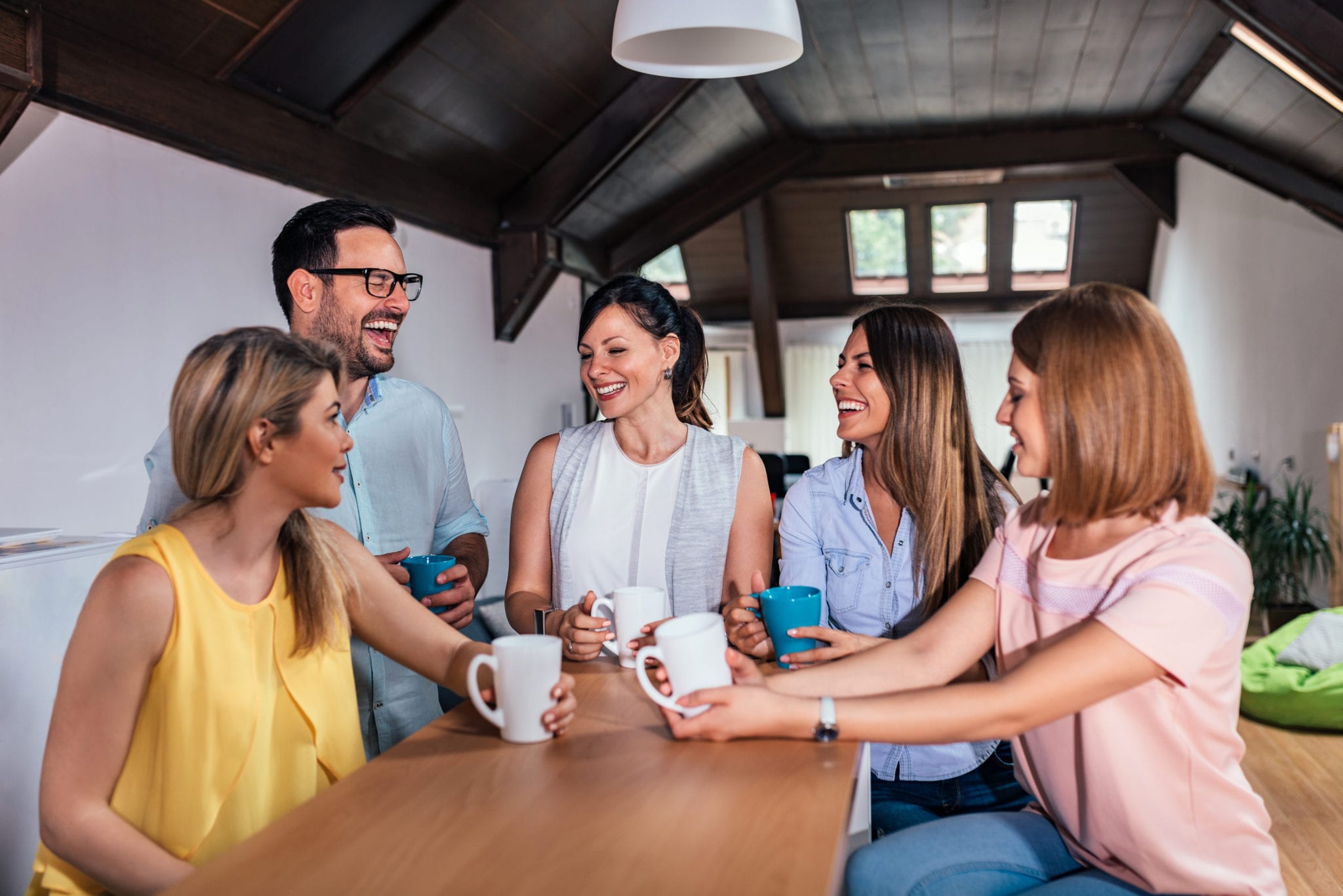
We are often asked what the best way to make tea for a multitude is, usually whilst juggling serving hungry guests and insuring that the sponge doesn’t burn!
There is a great trick that we love to use at Tea Palace. Up to 15 mins earlier, brew half the volume of water that you would usually serve for 3-4 minutes and then remove the leaves. (The tea will brew strong, but that is the trick!) When ready to serve, boil the kettle, top up the brewed tea cups or teapot with the other half of water and serve.
This is also an excellent way to serve green and white teas boiling hot if so desired!
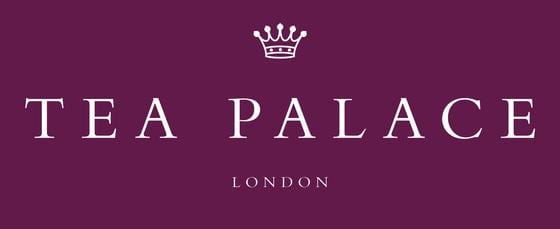
That is all you need to know about making the perfect cup of tea. No matter which type you prefer, whether you like to add milk, lemon or sugar; we hope that this helps to take your cup of tea to the next level.
Find out more about the Tea Palace selections of luxury teas and gifts here.
